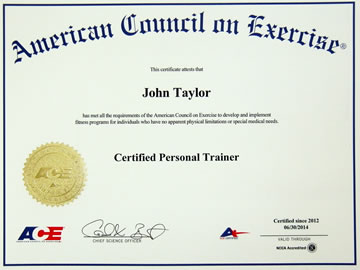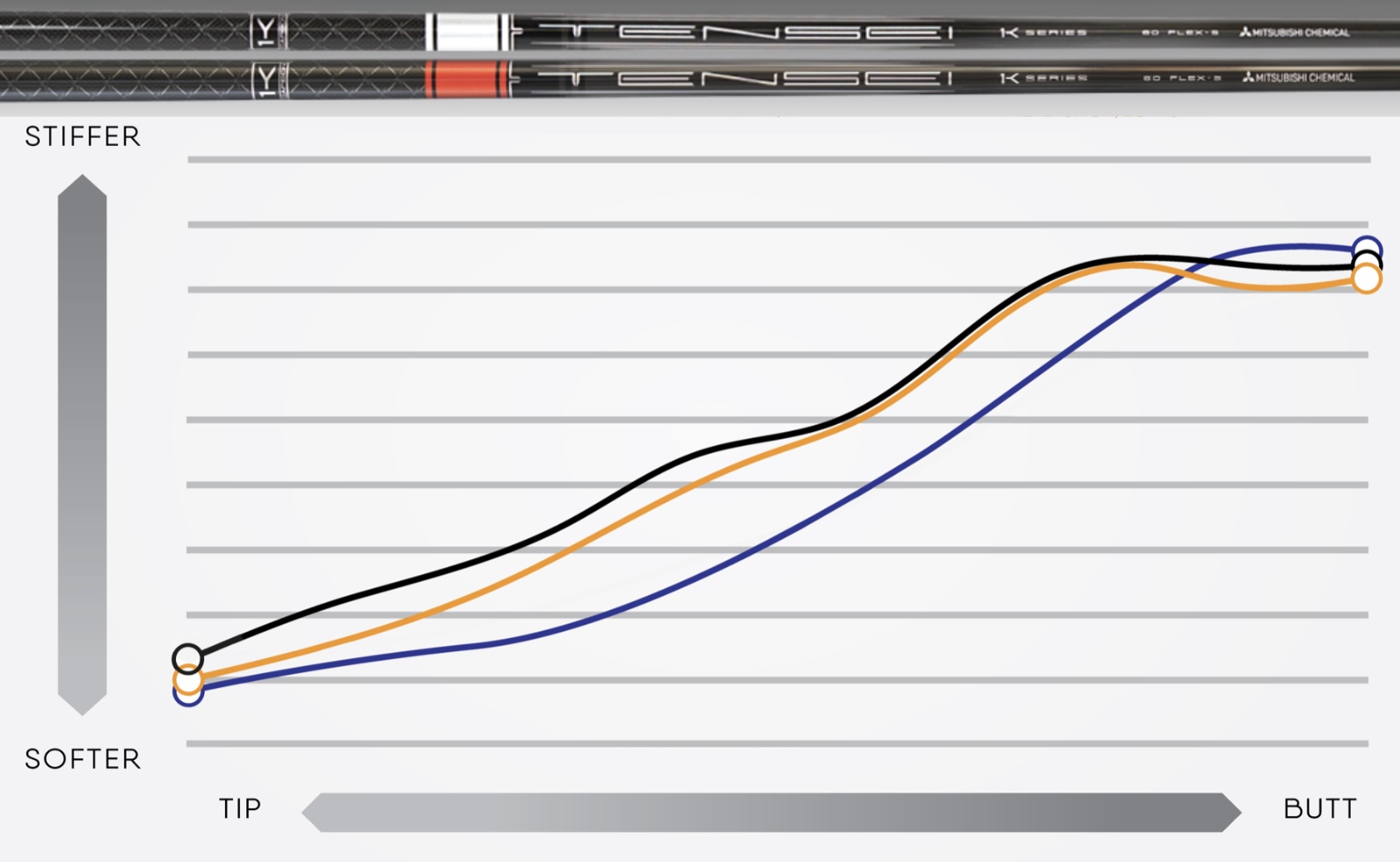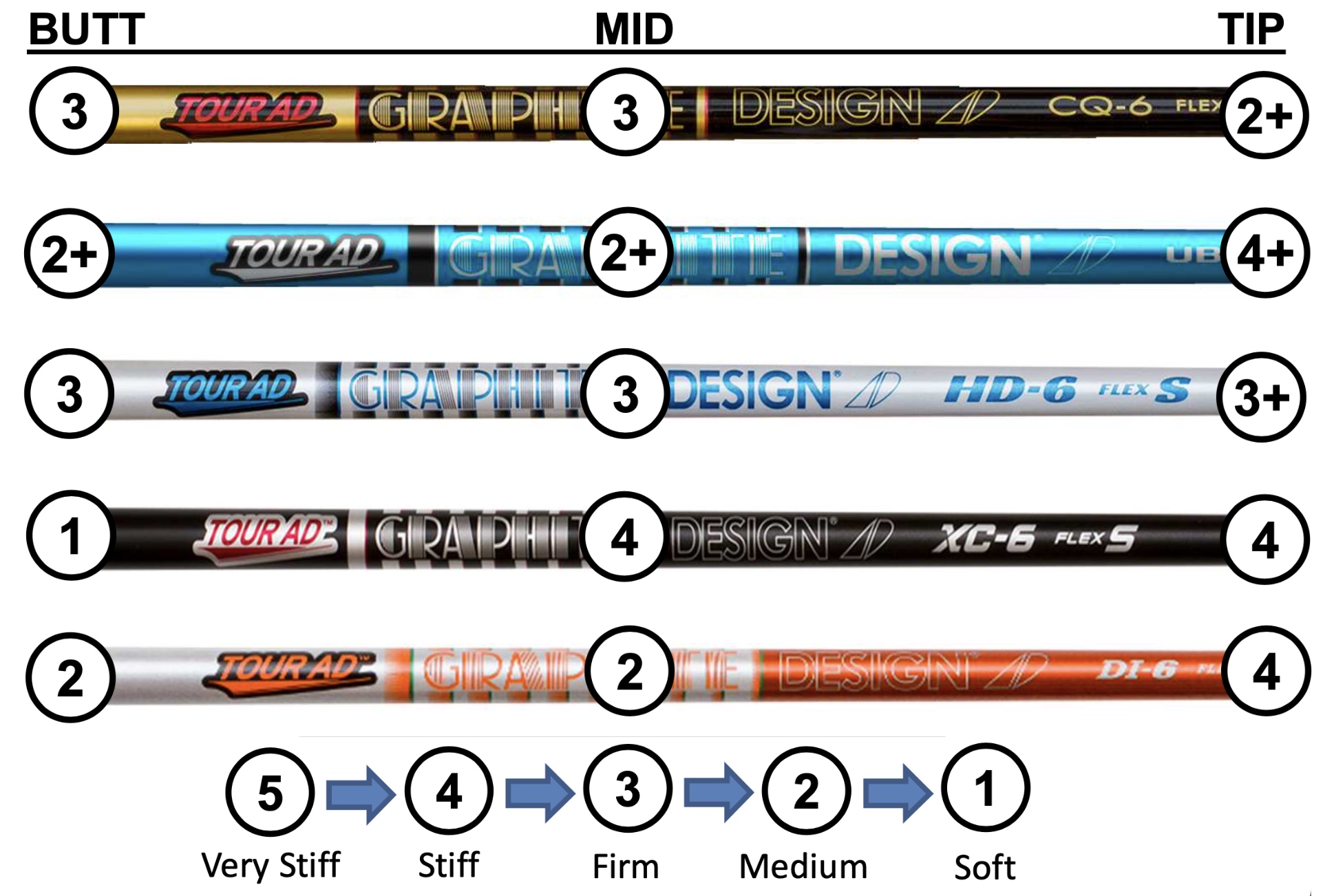Measure Flex: EI or CPM
MEASURING SHAFT FLEX. There is much more to understanding the flex of a shaft than just measuring how stiff it is at the grip end and assigning an arbitrary classification like L,A,R,S,X to define how it feels. It doesn't help that there are no industry standards, which means that one company's regular flex might be a stiff flex or a "senior" flex elsewhere. What's regular flex to me might not be regular flex to you, so what is regular flex anyway? Well, there are measurement methods available, but which ones to use and how to interpret the results are subject to controversy. It's not surprising.
It helps to think about what flex actually means for a shaft. If you read my post on how shafts are made, it's clear that flex can vary throughout the length of the shaft depending on how it's made, and that the shaft designer can engineer specifc regions of flex along the shaft that respond differently to the complex forces generated during a golf swing. The way you measure flex -- I prefer to think of it as stiffness -- will influence your concept of what's important. A simple technique like frequency (cpm) measurement may get you to thinking that the tip and the butt regions are the key to understanding shaft stiffness. But if you use EI measurements you will see that the mid regions of a shaft might be where the most critical action occurs. Read the discussion below, look at the data from measuring the same shafts by both methods, then draw your own conclusions. Or better yet, send us an email and let us know what's important to you in shaft selection.
We'll save the discussion of how torque -- the resistance to rotational forces (twisting) -- fits into the picture for another blog post. Suffice it to say that it's another essential factor in understanding how shafts feel and perform.
EI STIFFNESS ANALYSIS. (E-I curves). A useful indicator of stiffness along a shaft’s length is EI, where E is a function of a material’s elastic stress/strain and I is a function of shaft wall thickness and diameter. These considerations are fundamental to the design of nearly all shafts in production today. We measure shaft EI with our own equipment. For Ei analysis, displacement pressure by a constant weight is measured along the shaft length in one-inch increments to reveal local stiffness variations that are engineered into the shaft. Variations in stiffness affect how a shaft will load in response to the changing forces that occur during a golf swing. EI analysis reveals essential details of flex design that help identify the best shaft for individual swing styles.

FREQUENCY ANALYSIS. (cpm curves). CPM frequency curves extend the L,A,R,S,X flex classification through the length of the shaft, and they are used in comparison fitting methods. To generate a cpm curve, a shaft is clamped at different positions (usually at 5-inch intervals) along the length of the shaft and a constant 454 g weight is clamped to the tip. The tip is displaced and released, and shaft oscillation in cpm is measured by a strain gauge frequency analyzer. The oscillation frequency in cpm at each point reflects the average stiffness over the length of the shaft beam from clamp to tip. When the clamp is placed at the butt, frequency measurement yields the average flex that includes all regions of the shaft. For reliable data, discontinuous pneumatic clamps are highly recommended.






























 John Taylor
John Taylor
Reader Comments